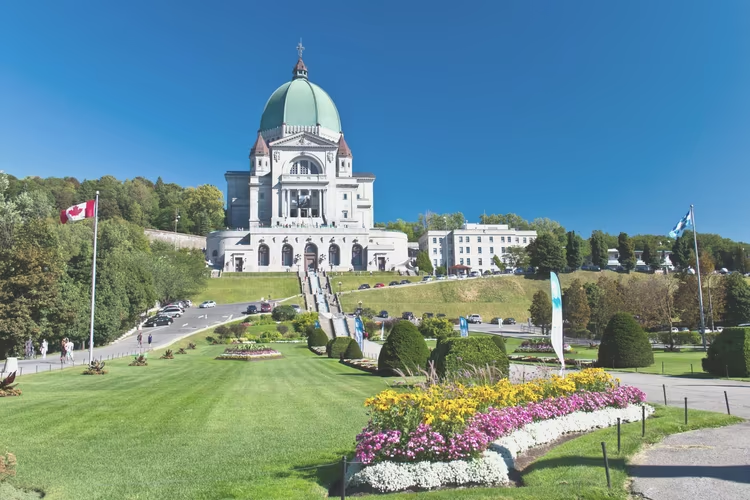My Bookings
Please Enter Your Booking Code To Find Your Booked Tour!

Interesting Facts About Mount Royal
Table of Contents
Towering gently over the city, Mount Royal is more than just a green escape—it’s the symbolic heart of Montréal. So integral is this mountain to the city’s identity that it gave Montréal its name, inspired by the French “Mont Royal” after Jacques Cartier’s 1535 ascent. But beyond its views and trails lies a story carved by ancient geology, Indigenous heritage, and centuries of transformation.
In this blog, we uncover interesting facts about Mount Royal—from its volcanic origins and sacred significance to the iconic landmarks and institutions that now call its slopes home. Whether you’re a local or visitor, this mountain has secrets waiting to be discovered.How Old is the Mount Royal? (The Science Behind the Scenery)
Mount Royal may not tower like the Rockies, but its roots run deep—about 125 million years deep, to be exact. This ancient hill is part of the Monteregian Hills, a chain of geological formations stretching across southern Quebec. Contrary to popular myth, Mount Royal is not a dormant volcano. It was formed by a process called magma intrusion, where molten rock rose beneath the Earth’s surface but never erupted.
Over millions of years, erosion wore away the surrounding sedimentary rock, revealing the hard volcanic stone beneath. The mountain’s core is made of gabbro, a dense, dark rock, and even holds a rare mineral named montroyalite, discovered right here in Montreal’s East End.
See Mount Royal for yourself on our Best of Montreal Tour
History of Mount Royal
Long before it became a city park, Mount Royal was a sacred site for Indigenous peoples. Its forests, rocky slopes, and fertile soil offered tools, shelter, and spiritual significance. Archaeological discoveries reveal burial sites and stone tools crafted from volcanic rock, highlighting the mountain’s deep cultural importance.
In 1535, French explorer Jacques Cartier was guided to the summit by the Iroquoians of the Village of Hochelaga. Awed by the sweeping views of the St. Lawrence River, he named it “Mont Royal”—a name that would later inspire “Montréal.”
Just over a century later, Paul de Chomedey, Sieur de Maisonneuve fulfilled a vow by carrying a wooden cross to the mountain’s peak in 1643, marking the beginning of its Catholic legacy.
Hear these stories come alive on our Montreal Small Group Walking Tour with River Cruise
The Creation of Mount Royal Park
By the mid-19th century, rampant deforestation on Mount Royal—especially the felling of trees for firewood—sparked public outcry. Montrealers feared the beloved mountain would be lost to urban sprawl. Therefore, they came up with a solution; turn it into a park for everyone to enjoy.
In 1874, the city commissioned famed landscape architect Frederick Law Olmsted, best known for designing New York’s Central Park, to reimagine the mountain as a natural refuge. His vision prioritized meandering paths, gentle slopes, and immersive woodland experiences.
Though his original plan was never fully realized, Mount Royal Park was officially inaugurated in 1876, becoming one of only two mountain parks ever designed by Frederick Law Olmsted—a living testament to urban nature conservation.
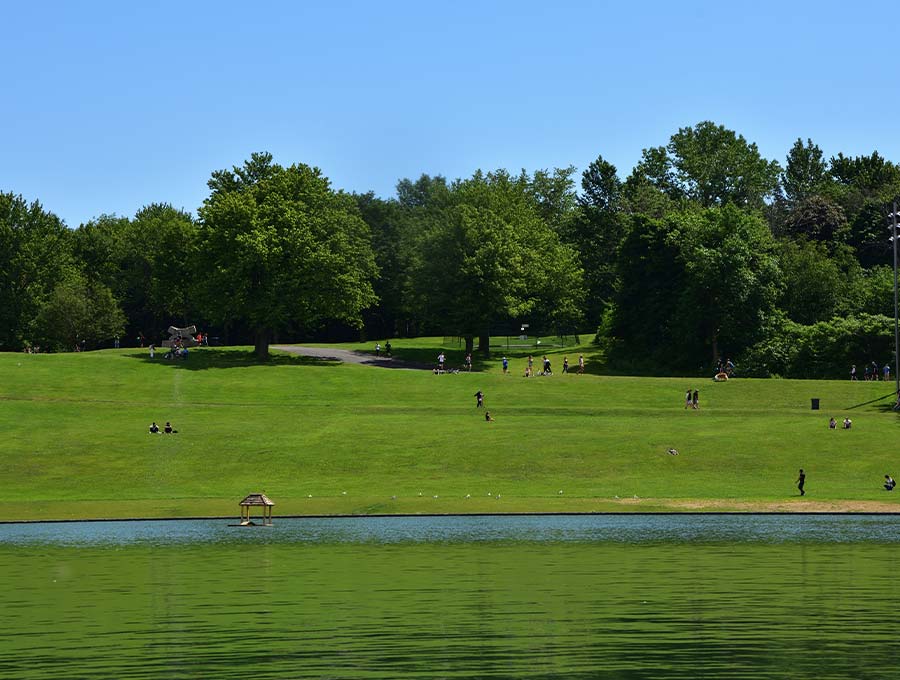
A Mountain with Many Peaks
Though often referred to as a single hill, Mount Royal is actually made up of three distinct summits, each with its own character and story.
Colline de la Croix
The tallest is Colline de la Croix, rising to 233 metres and crowned by the iconic Mount Royal Cross. Visible from across the city, this steel structure commemorates the wooden cross placed by Maisonneuve in 1643.
Westmount Summit
To the west lies the Westmount Summit, a peaceful, forested area known for its rich biodiversity. It’s a haven for birdwatchers and nature lovers alike.
Outremont Summit
The third peak, Outremont Summit, was renamed Parc Tiohtià:ke Otsira’kéhne in 2017. The Mohawk name—“the place of the big fire”—pays tribute to the mountain’s Indigenous heritage and historic use as a signal beacon.
Explore all 3 peaks on a private, custom Montreal tour
Panoramic Views and Iconic Landmarks From Royal Mount
Mount Royal offers some of the most stunning city views in Canada—especially from its famed lookouts.
Kondiaronk Belvedere
The most popular is the Kondiaronk Belvedere, a sweeping terrace in front of the Mount Royal Chalet that overlooks downtown Montréal and the St. Lawrence River. Named after the Huron-Wendat chief who helped broker the Great Peace of 1701, it’s a favorite spot for photos, sunsets, and skyline gazing.
Camillien-Houde
On the opposite side, the Camillien-Houde lookout offers views toward the Olympic Stadium and eastern Montreal, perfect for a quieter escape.
Mount Royal Cross
Towering above it all is the illuminated Mount Royal Cross, perched atop Colline de la Croix—a powerful symbol of Montréal’s Catholic roots and Francophone identity.
George-Étienne Cartier Monument
Nearby, the George-Étienne Cartier Monument anchors Sunday gatherings like the Tam-Tams, while the serene Beaver Lake provides year-round recreation—from skating in winter to paddle boating in summer.
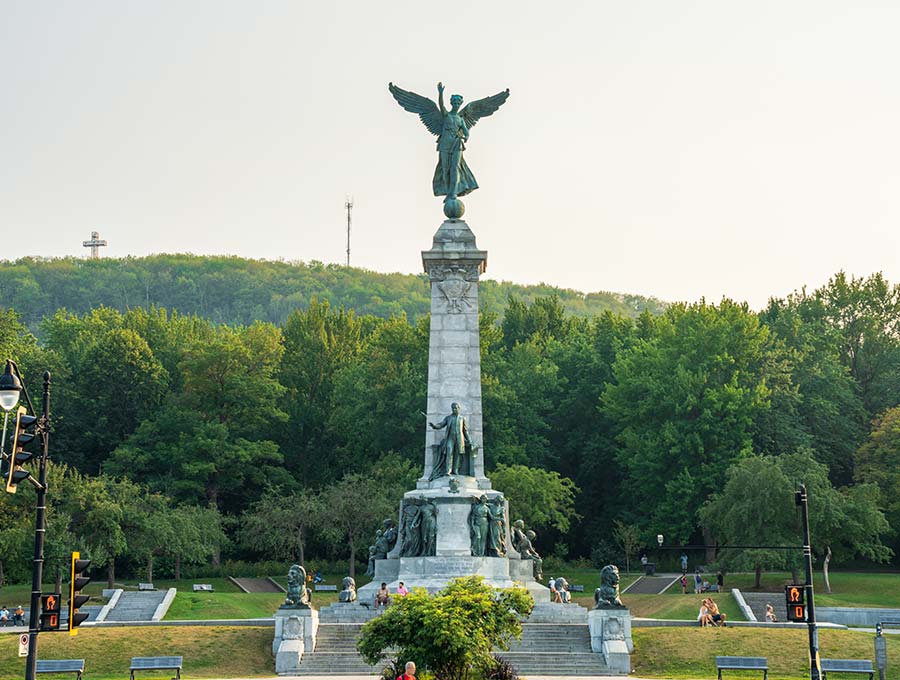
Institutions on the Mountain
Beyond its trails and trees, Mount Royal is also home to some of Montréal’s most historic institutions.
McGill University
At the southern base sits McGill University, founded in 1821 on land donated by Scottish merchant James McGill. Today, it’s one of Canada’s leading academic institutions, nestled between the city and the mountain.
Université de Montréal
On the northern slope, Université de Montréal began expanding in 1943, shaping the skyline with its distinctive Art Deco architecture. The campus blends into the natural topography, reflecting the mountain’s ongoing role in education and research.
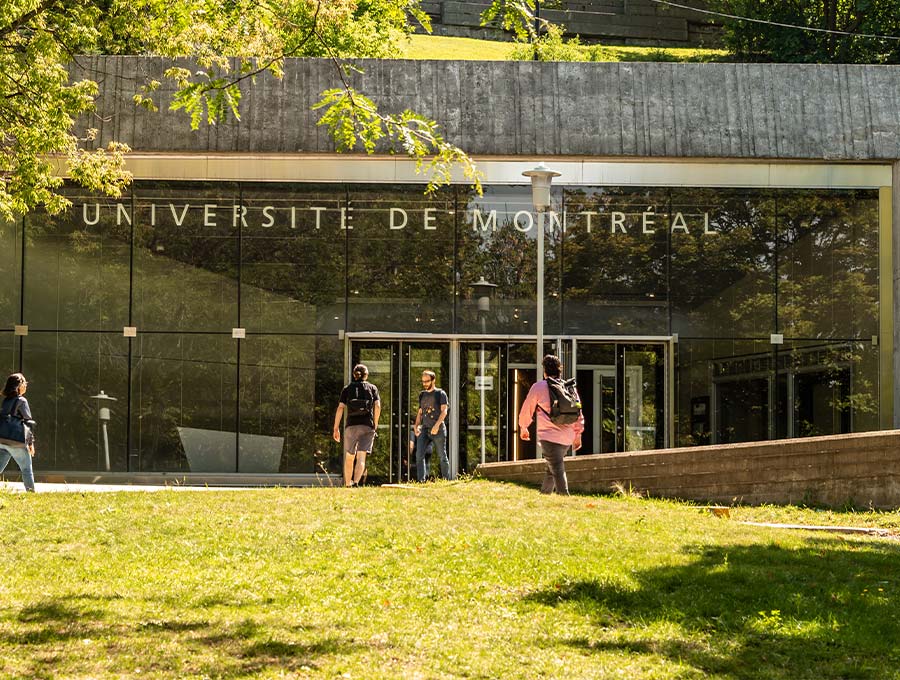
Hôtel-Dieu (1861) and the Royal Victoria Hospital (1893)
Mount Royal has long attracted health institutions as well, including Hôtel-Dieu (1861) and the Royal Victoria Hospital (1893), which were built here for their proximity to clean air and nature. Many religious and educational organizations also established roots in Côte-des-Neiges, drawn by the mountain’s peaceful setting and spiritual resonance.
Cultural Events and Community Spirit
Les Amis de la Montagne
At the heart of Mount Royal’s preservation is Les Amis de la Montagne, a nonprofit organization dedicated to the mountain’s conservation and public engagement. Through educational programs, guided tours, and seasonal rentals—like skates, skis, and boats at Beaver Lake Pavilion—they make Mount Royal accessible while protecting its natural and cultural legacy.
The Sunday Tam-Tams
Every Sunday from spring to fall, the grassy area near the George-Étienne Cartier Monument transforms into a rhythmic celebration known as the Tam-Tams. This spontaneous gathering of drummers, dancers, artists, and onlookers has become a beloved symbol of community spirit—open, inclusive, and uniquely Montréal.
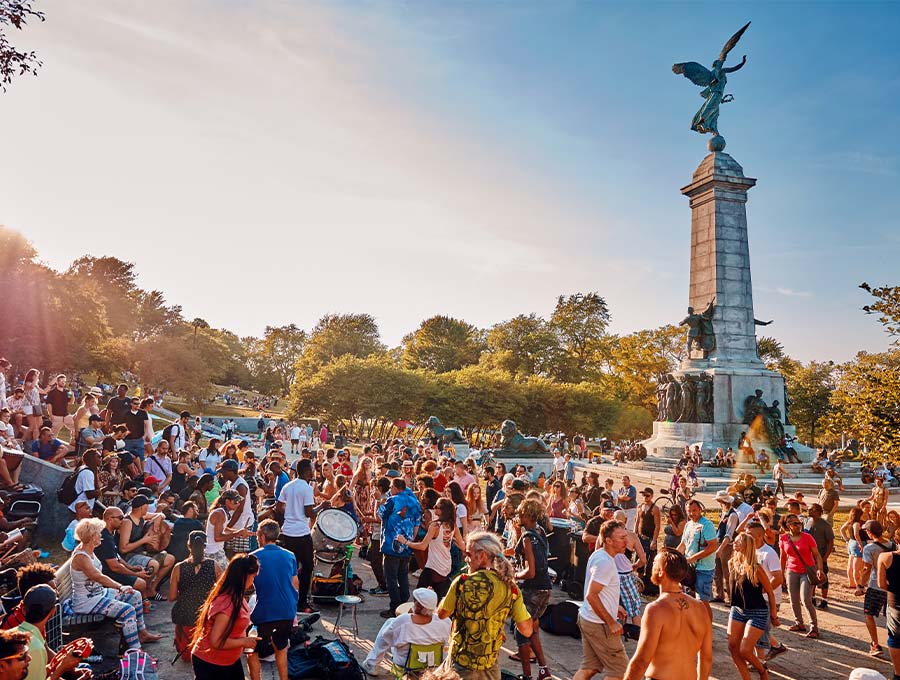
Mount Royal Park
Mount Royal Park is alive with activity all year long. In summer, locals and visitors rent rowboats, bike along forested paths, or picnic under shady oaks. Winter brings snowshoeing, cross-country skiing, sledding, and skating on the outdoor rink near Beaver Lake. Whether you're seeking solitude or social connection, the mountain offers space to breathe and belong in every season.
A Site of Protection and Legacy
In 2005, Mount Royal received official recognition as a Historic and Natural District—the first of its kind in Quebec. This designation by the provincial government acknowledged the mountain’s unique blend of natural beauty, cultural significance, and urban heritage.
Since then, ongoing preservation efforts led by the City of Montréal, the province, and organizations like Les Amis de la Montagne have worked to safeguard the mountain’s ecosystems, vistas, and landmarks for future generations.
One of the most iconic regulations tied to Mount Royal’s legacy is the municipal by-law that ensures no building in Montréal can be taller than Mount Royal itself. This law keeps the mountain visually dominant on the skyline—an enduring symbol of the city’s heart and soul.
See Montreal’s top sights sparkle at night on our Scenic Montreal Night Tour
Conclusion
Mount Royal is far more than a park—it's a cultural symbol, an urban refuge, and a living monument that has shaped Montréal’s identity for centuries. From its ancient geological roots and sacred Indigenous significance to its iconic landmarks and vibrant community spirit, the mountain continues to evolve while holding the stories of generations past.
Whether you’re gazing over the city from Kondiaronk Belvedere, walking Olmsted’s winding trails, or joining the rhythm of the Tam-Tams, each step offers a connection to something deeper—history, nature, and belonging.
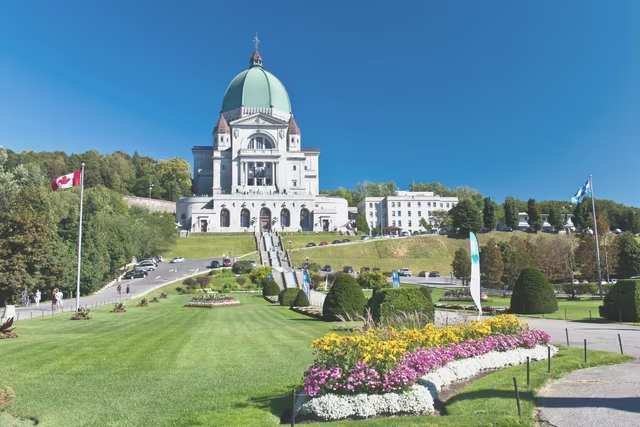
Best of Montreal Exclusive Private Tour
5 Hours
This exclusive private Montreal tour includes top attractions like Mont Royal Lookout, Notre Dame Basilica, St. Joseph’s Oratory and a relaxing boat cruise.
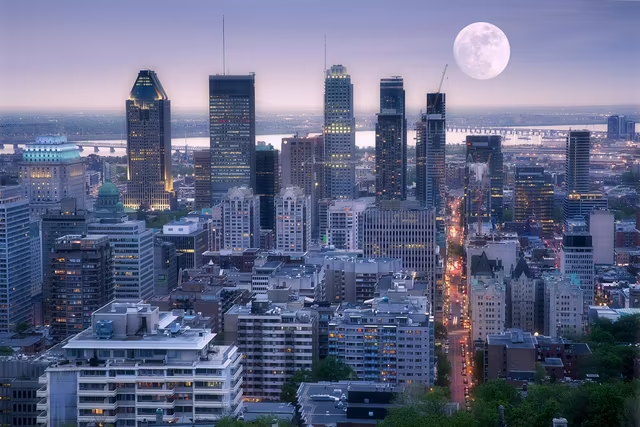
Scenic Montreal Night Tour
3 Hours
Montreal's allure comes alive on our Scenic Montreal Night Tour. Witness the city's magic under the stars.

Best of Montreal Dessert Walking Tour
2 Hours
Get ready to indulge in some of the most delicious and decadent desserts that Montreal has to offer
Related Blogs

Going To Mont-Royal Lookout At Night
Experience the captivating night view of downtown Montreal from Mont Royal Lookout. Ascend the iconic Mount Royal, explore the historic Mount Royal Chalet, and immerse yourself in the magical atmosphere of Parc du Mont Royal.
.webp%3Falt%3Dmedia%26token%3D34ede1cf-56c3-4ba0-bc9a-d5608053c9c0&w=128&q=75)
Aleena Mehmood

The Best Views on Montreal's Mont-Royal
On your tour de Mont-Royal soon? Taking notes for top viewpoints there? Here’s a list of the best views on Mont-Royal that shouldn't be missed at all!

Ayesha Munir

Montreal for First-Time Visitors
Discover Montreal’s charm with a guide for first-timers! Explore neighborhoods, savor local foods, and enjoy cultural highlights on a memorable journey.
.webp%3Falt%3Dmedia%26token%3D34ede1cf-56c3-4ba0-bc9a-d5608053c9c0&w=128&q=75)
Aleena Mehmood
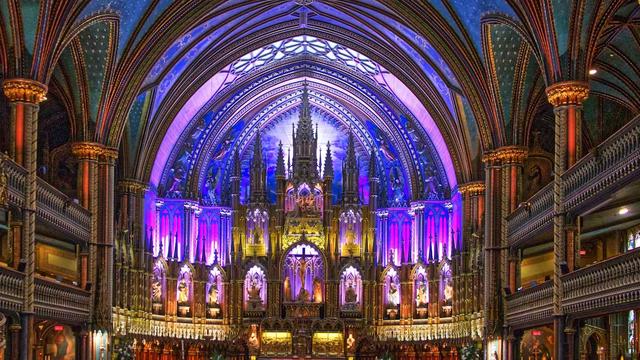
Visiting Montreal in August
Uncover why August is ideal for visiting Montreal! Dive into the city’s must-see attractions, lively festivals, and embrace the warm summer vibes with our ultimate guide.
.webp%3Falt%3Dmedia%26token%3D34ede1cf-56c3-4ba0-bc9a-d5608053c9c0&w=128&q=75)
Aleena Mehmood
Related Tours
Quick Links
Book your Tour
Get in Touch
Toll Free
1-888-961-6584
Local
1-289-271-9767
© 2026 See Sight Tours. All Rights Reserved.
1-888-961-6584

